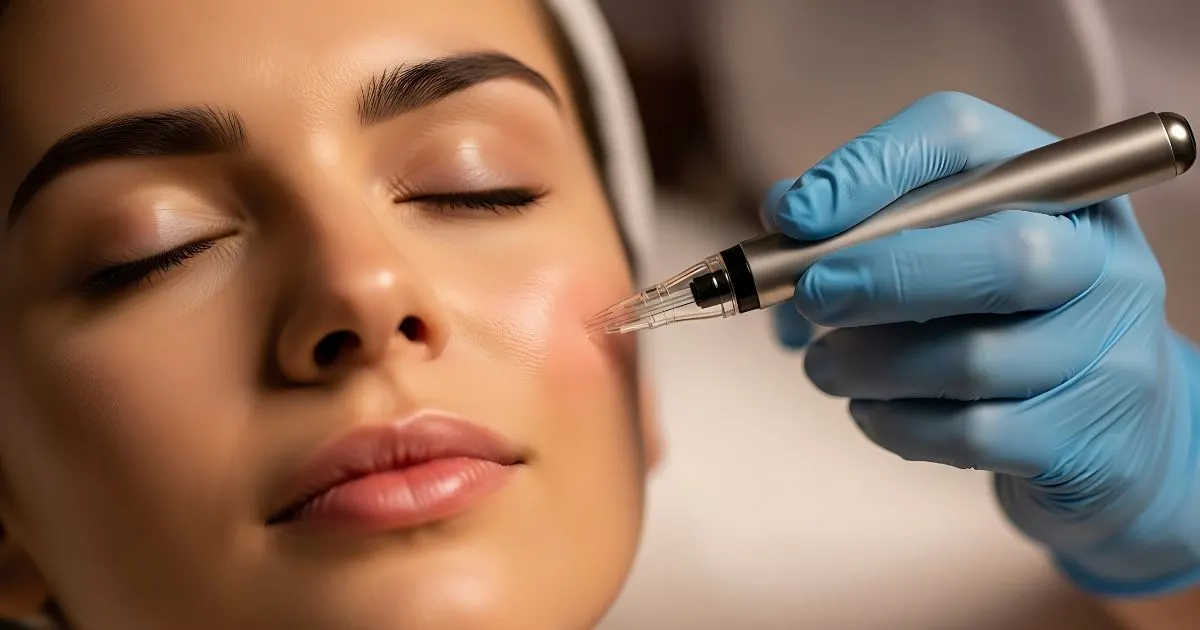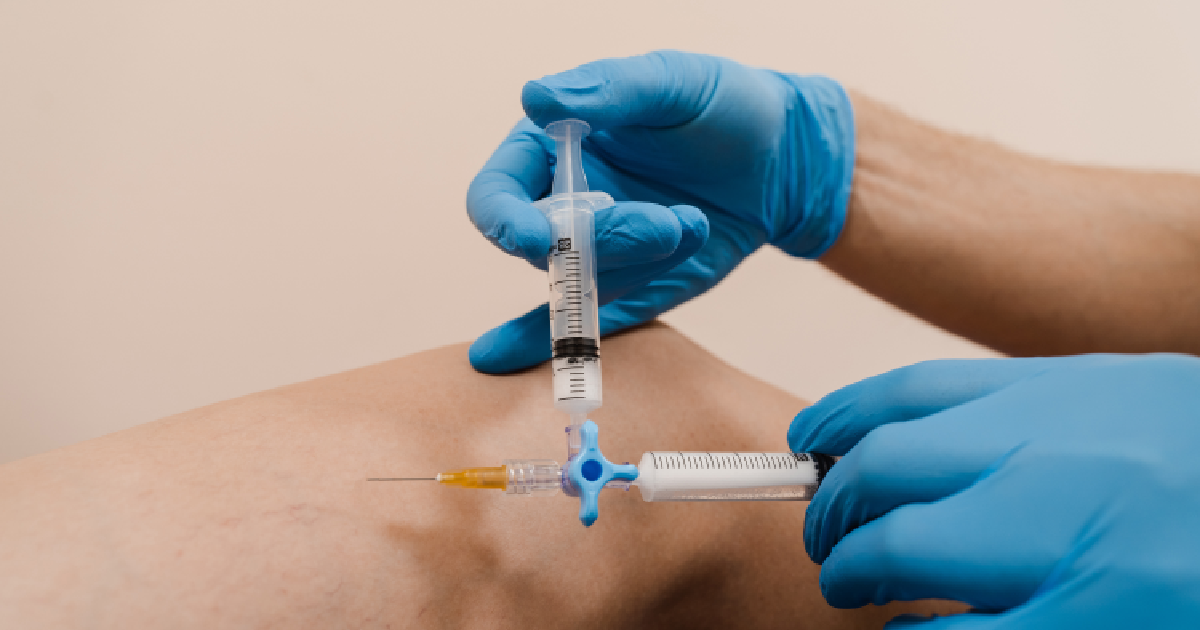
Table of Contents
A brow lift is a surgical process designed to rejuvenate the upper face. It corrects drooping eyebrows, reduces forehead wrinkles, and improves frown lines, offering a youthful appearance. Unlike temporary solutions or less invasive treatments, a brow lift provides lasting changes by addressing the underlying designs of the forehead and brow area. This procedure can significantly enhance facial symmetry and reduce the signs of aging. Whether you’re considering this surgery for cosmetic reasons or to improve vision obscured by sagging skin, understanding the post-operative dos and don’ts is crucial for a successful recovery and optimal results.
Understanding Brow Lift Procedures
Brow lift adjusts the position of the eyebrows, tightening the skin above them to reduce wrinkles and give a more youthful appearance. Different techniques are employed, each tailored to the individual’s needs and the desired outcome.
The endoscopic brow lift is a technique favored for its minimally invasive nature. It involves small incisions within the hairline through which a surgeon can modify the forehead tissue. This method is known for its precision and the reduced recovery time required. Traditional brow lifts, on the other hand, may involve a longer incision along the hairline or the upper eyelids, allowing for a more extensive adjustment of the brow area. This can be beneficial for those requiring significant corrections. A direct brow lift targets the eyebrows directly, usually through an incision just above the brows, offering a more focused lift.
The choice between these procedures depends on various factors, including the patient’s facial structure, the extent of correction desired, and personal preferences. A consultation with a competent surgeon is crucial to determine the most appropriate approach. During this consultation, the surgeon evaluates the patient’s face, discusses goals, and recommends the best procedure to achieve these objectives.
The Do’s After a Brow Lift
After undergoing a brow lift, certain practices can significantly influence the healing process and the overall success of the procedure. Here are the essential do’s to follow:
- Follow Your Surgeon’s Instructions: Adhering to the post-operative care guidelines provided by your surgeon is paramount. These instructions are tailored to your precise procedure and are designed to facilitate optimal healing.
- Keep Your Head Elevated: To reduce swelling and accelerate recovery, it’s advisable to sleep with your head elevated above your heart. Using a couple of pillows or sleeping in a recliner can be effective.
- Apply Cold Compresses: Gently applying cold compresses around the surgical area can help minimize swelling and bruising. However, ensure that ice is not applied directly to the skin or the incision sites.
- Attend Follow-up Appointments: Post-operative visits allow your surgeon to monitor your healing process, address any concerns, and remove sutures if necessary. Keeping these appointments is crucial for your recovery.
- Stay Hydrated and Maintain a Healthy Diet: Proper hydration and nutrition support the body’s healing process. Foods rich in vitamins and minerals can aid in recovery.
- Protect Your Skin from the Sun: After a brow lift, your skin will be more sensitive, especially to UV rays. Wearing a broad-spectrum sunscreen and a hat outside is essential to protect the healing skin.
- Rest and Allow Your Body to Heal: While light walks promote circulation, avoiding strenuous activities and heavy lifting for the first few weeks after surgery or until your surgeon advises otherwise is important.
- Practice Patience: Healing is a gradual process. Swelling, tightness, and changes in sensation are normal in the initial stages. You need realistic expectations and give your body time to adjust to the changes.
The Don’ts After a Brow Lift
After a brow lift, several precautions are critical to ensure a safe and effective recovery after a brow lift. Here are key points to remember:
- Avoid Strenuous Activities: High-intensity exercises, heavy lifting, and any activity that could increase blood pressure should be avoided for at least the first few weeks post-surgery. Such activities can exacerbate swelling and lead to complications.
- Do Not Smoke: Smoking can significantly hinder the healing process by restricting blood flow to the skin. It’s advised to avoid smoking and exposure to secondhand smoke both before and after surgery.
- Skip Aspirin and Certain Medications: Certain medications, especially those that can thin the blood, like aspirin, ibuprofen, and some herbal supplements, should be avoided as they can increase the risk of bleeding.
- Don’t Touch or Scratch the Incision Area: It’s important to resist the urge to touch, scratch, or pick at the stitches or incision sites. Doing so can introduce bacteria and lead to infection or affect the scars’ appearance.
- Avoid Direct Sun Exposure: The sun can harm healing skin, potentially worsening scars and causing discomfort. It’s crucial to protect the incision areas from direct sunlight and to use sun protection if you need to go outdoors.
- Do Not Rush the Recovery Process: Everybody heals at their own pace. Trying to accelerate the recovery or return to normal activities too soon can compromise the results and lead to complications.
- Don’t Neglect Signs of Complications: If you experience unusual symptoms such as excessive pain, signs of infection (redness, warmth, discharge), or any other concerns, it’s essential not to ignore them. Contacting your surgeon promptly can help address potential issues early on.
Recovery and Expectations
Generally, patients can expect the initial recovery period to last about two weeks, during which time it’s common to experience swelling, bruising, and some discomfort around the surgical site. These symptoms are a normal part of the healing process and usually begin to subside within the first few days after surgery.
Your surgeon will likely advise taking it easy during this period, recommending rest and limited physical activity to ensure optimal healing. Most patients can return to work and resume light, day-to-day activities within 10 to 14 days post-surgery, though this timeline can vary. Strenuous activities should be postponed for at least a few weeks or until your surgeon gives the green light to resume them.
While the effects of the surgery can be seen almost immediately, the final, more refined outcomes may take several months to fully emerge as the swelling completely subsides and the tissues adjust to their new contours. During this time, it’s crucial to maintain open communication with your surgeon, attend all scheduled follow-up appointments, and adhere to their advice for care and activity levels.
Takeaway
Ready to take the next step towards a more youthful and refreshed appearance? Visit ADAM J. COHEN, MD, today to schedule your assessment. Discover how a brow lift can rejuvenate your look, enhance your facial symmetry, and give you the confidence boost you deserve. Doctor Cohen’s expertise and personalized approach ensure your aesthetic goals are within reach. Don’t wait any longer to achieve the vibrant, younger-looking you. Book your appointment with ADAM J. COHEN, MD, to see whether this option suits you.





